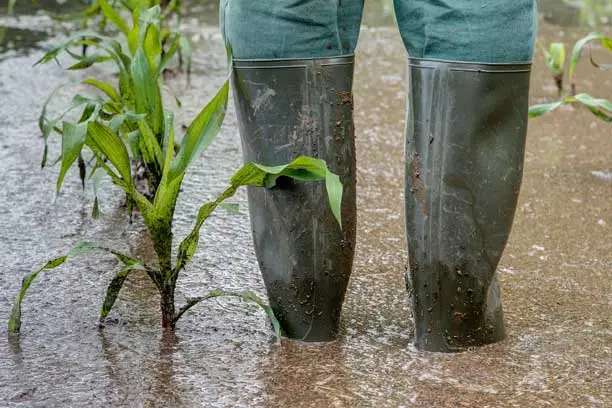How to Protect Crops From Extreme Weather


As a farmer, you know weather and farming go hand in hand. It plays an important role in the success of crops each season. While weather predictions and old wives’ tales tend to typically tell a different story, there are a few things you can do to help mitigate your crop loss.
When it comes to protecting yourself and your operation, knowing farm and ranch severe weather safety tips are always a good reminder as spring rolls around. You may not be able to save your crops, but saving yourself is just as important.
Understanding the specific weather hazards and risks in your geographical area is crucial. Farmers can use tools like weather stations and online weather services to anticipate weather events and plan for emergencies. Monitoring precipitation patterns and extreme weather events can help you prepare and respond effectively.
Different weather conditions require different protective measures:
If you cannot take preventative measures, crop insurance from Farm Bureau can help protect your harvest. Crop insurance provides financial protection against losses due to extreme weather events and on years when an agricultural drought is likely, ensuring that your farm remains viable even in challenging conditions.
Implementing new farming practices can protect cropland and increase crop survival. Consider adopting regenerative agriculture practices such as cover crops, no-tillage, crop rotation and rotational grazing. These methods can improve soil health and resilience against extreme weather.
Healthy soil can be more resilient to severe weather. Enhance soil management by incorporating natural matter, practicing crop rotation and using cover crops. These practices can improve soil structure, water retention and nutrient availability, making crops more robust against adverse weather conditions.
Diversifying the types of crops you plant can protect your yields. Consider planting rain-tolerant crops, drought-resistant crops, pest-resistant crops or crops with different maturity or nutritional needs. This strategy can improve farm profitability and reduce the risk of total crop failure.
Investing in crop insurance is a smart way to safeguard your harvest. Different types of crop insurance can provide financial protection against losses due to extreme weather events, ensuring that your farm remains viable even in challenging conditions.